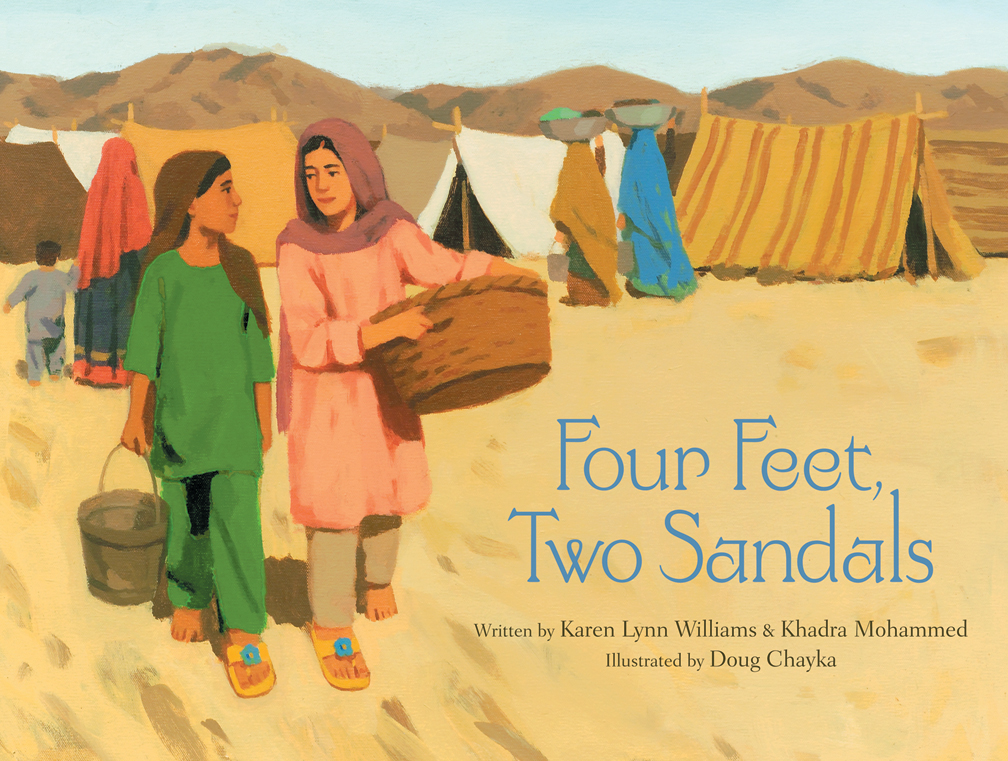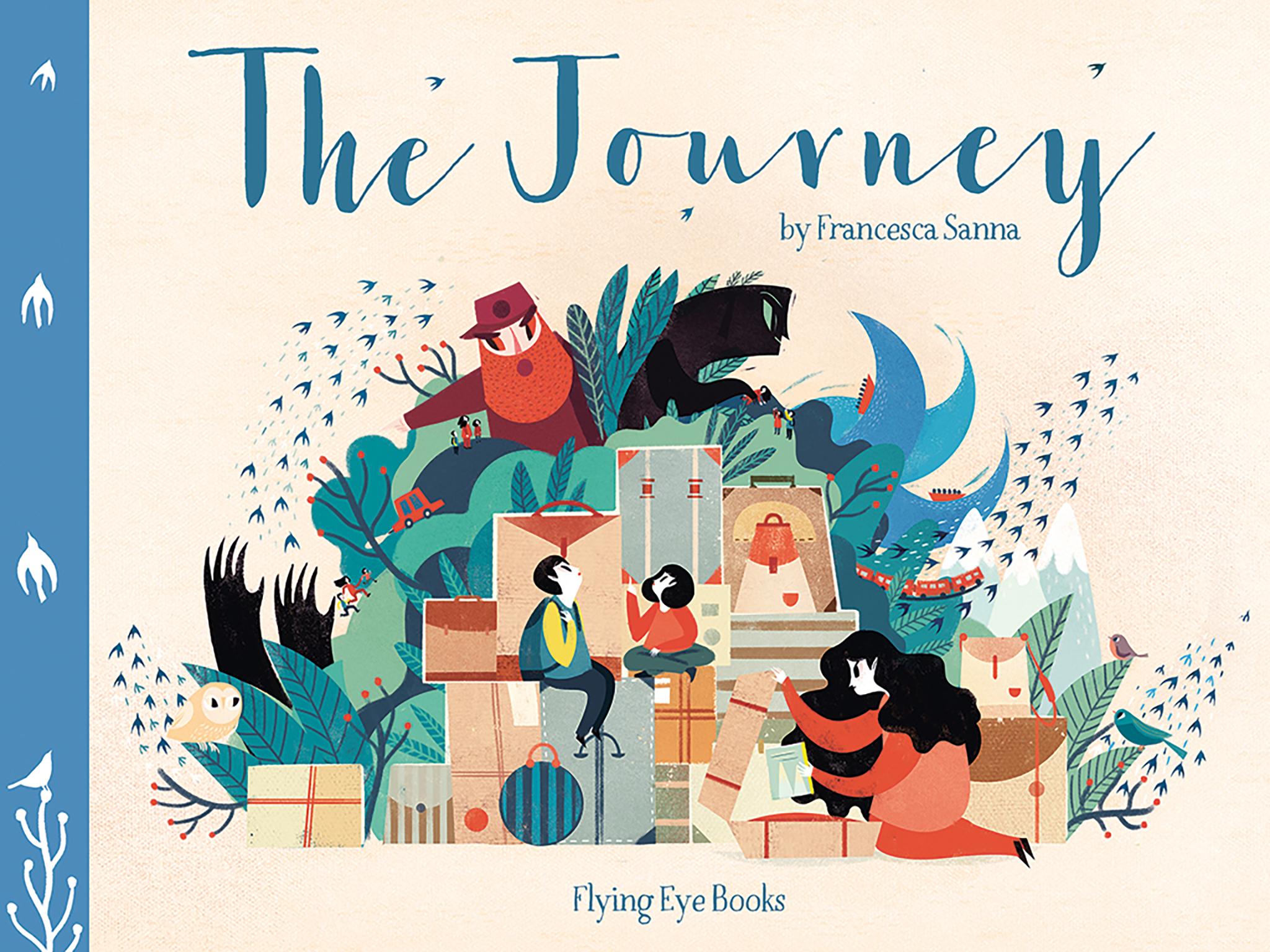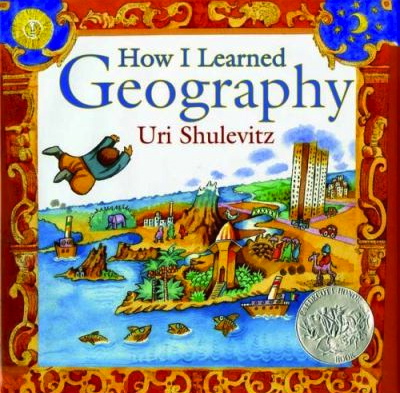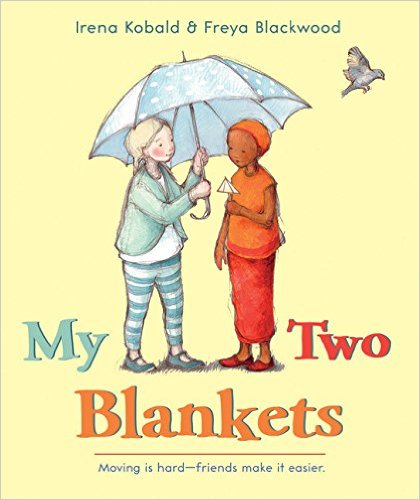6 reasons kids need the empathy-building power of books about refugees
/“When children hear the stories of refugees they get to know some of the bravest, most resourceful people on the planet....”
According to the UN Refugee Agency there were about 21.3 million refugees worldwide in 2015.
Now consider that there are round about 7.5 billion people in the world. That means refugees represent somewhere in the vicinity of 0.3% of the world’s population.
Taking into account all displaced persons (that’s refugees, asylum seekers and people who are displaced from their homes but still living in their own country) that percentage rises to almost 0.9%. That sounds small—but it represents 1 in 113 people!
All of which started me thinking: if displaced persons were evenly distributed throughout the world, how many would I know personally enough to greet them in the street, or notice they were missing? Maybe 6 or 8? Perhaps more? And, because I have a large extended family, one or two could easily be from my family.
But displaced persons are not evenly distributed—meaning that many of us have no personal experience that allows us to know and feel what it is to be displaced. Therefore, to begin to understand, we need to hear the stories of refugees, asylum seekers and internally displaced persons. So do children.
Because...
1) When children hear the stories of refugees they get to know some of the bravest, most resourceful people on the planet—the kind of people who make ideal heroes;
2) The stories help them to process the images they will inevitably be exposed to via news and social media;
3) The stories allow them to witness—which is, in itself, a powerful act and one that implies connection and concern;
4) The stories offer hope and optimism because they can show the end while real life trudges through the middle of the story;
5) The stories bring things that unite us into focus by throwing simple, real, human thoughts, dreams, and hopes into focus; and
6) The stories offer insights into trauma and injustice without requiring those who were traumatised to live through ‘the agony of bearing witness’. (That's especially true of picture books.)
One of the best ways to move a story from being removed and distant to being personal and integrated into a child’s life, is to own the story. Often that translates to owning a book. There are rights that come with ownership—the right to return to the story at any moment, the right to interact with the story both physically and emotionally, and the right to share the story.
So, next week, we’ll be featuring 5 picture books about the experience of refugees. And each book will cost less than $15 AUD to buy so that they can more easily find their way to your bookshelf. (That price point translates to somewhere around the $10 USD mark.)
They'll be a mix of explicit refugee stories and profound, gentle metaphors. We hope you’ll find a book or two you’d like to add to your own bookshelf over the next little while.
In the meantime, here are four of our favourite picture books about refugees. They exceed that <$15 AUD price marker (though not by much) but are extraordinary stories about courage, friendship, family, and culture. They, together with next week’s books, contain stories that will help to develop a heart for displaced people and increase connections with humanity.
And as ever, they’re not just for children!
See you next week,
Kim
P.S. I found this short video compelling and very helpful for understanding the scale and spread of the issue of displaced people around the world. You might like it too.














